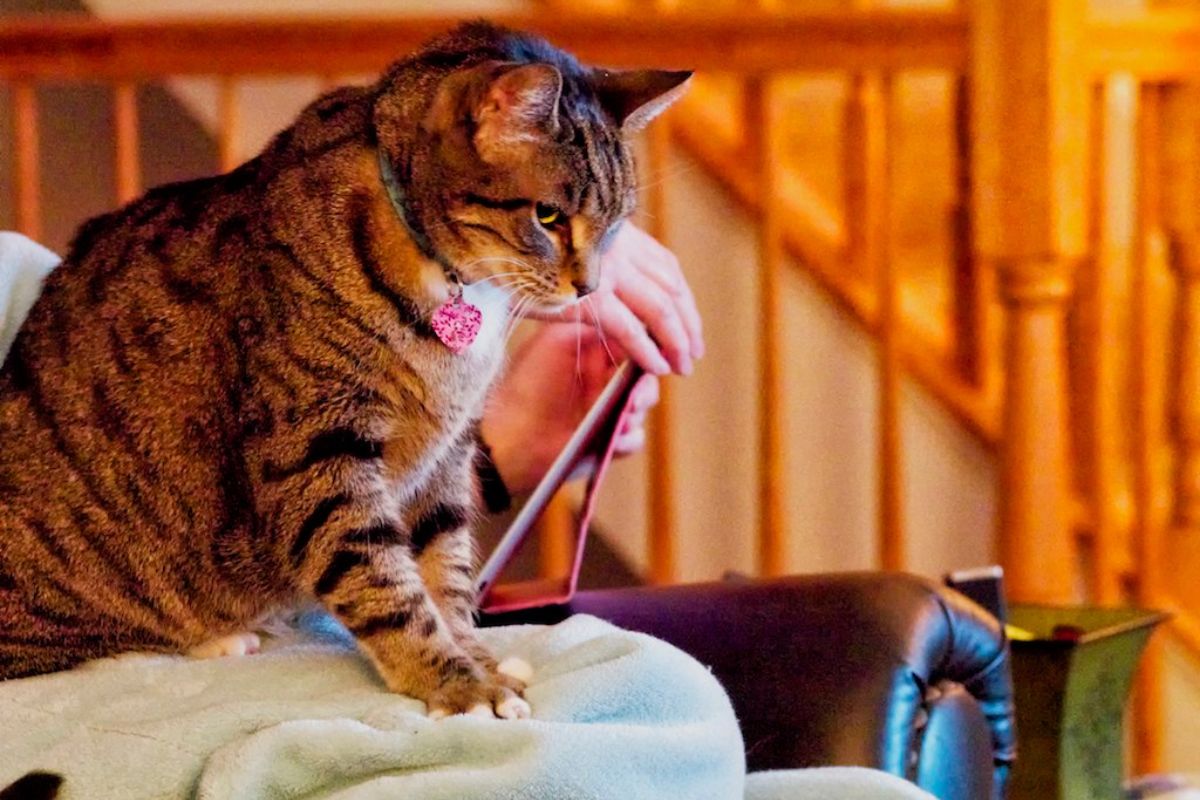If you’re the owner of a purring furball or an avid cat enthusiast, you’ve probably seen a cat kneading—pushing its little paws in and out against a soft surface, mimicking a baker kneading dough. But why do cats knead? Let’s unravel this oddly adorable feline mystery.
Understanding Cat Kneading
First things first, what is cat kneading? Kneading is a rhythmic behavior performed by cats where they push their paws in and out against a soft object such as a blanket, pillow, or even your lap. This action usually alternates between the left paw and the right, often compared to the way bread is kneaded before baking.
Cats of all ages can knead, from kittens to elderly cats. Besides being a super cute feline action, kneading tells us a lot about a cat’s instincts, behavior, and even emotional state.
Reasons Why Cats Knead
Underlying this adorable action is a tapestry of reasons that connects to the nature and instincts of cats:
- Childhood Comfort: Kneading is an instinctive action for kittens as they knead their mother’s belly to stimulate milk flow. Hence, it’s believed that adult cats knead when they’re content as they associate the action with the comfort of nursing.
- Territory Marking: Cats possess scent glands in their paw pads. Through kneading, they’re symbolically marking their territory be it the soft cushion, your lap, or their favorite blanket.
- Preparing a “Nest”: Kneading might date back to wild cat behavior. Wild cats use kneading to tread down tall grass or leaves to create a comfy spot for sleeping or giving birth.
- Expression of Affection: Many cats knead their human friends. This is usually a sign of comfort and contentment, essentially a cat’s way of expressing love and trust.
Interpreting Cat Kneading
Is your cat kneading your lap or kneading before settling down for a nap? All these behaviors symbolize their comfort and trust in you. It’s a lovely and non-verbal way for your cat to say, “I feel safe with you.”
When Kneading Might Indicate a Problem
While kneading is typically normal and healthy feline behavior, there are instances where it may indicate an issue. Over-grooming, excessive kneading, or meowing while kneading could be a sign of stress or discomfort. If the behavior seems abnormal or excessive, or if it’s accompanied by other worrying signs like reduced appetite or changes in behavior, it’s worth bringing your feline friend to a veterinarian for a check-up.
Managing Problem Kneading in Cats
While kneading is quite endearing, it might become problematic if your cat kneads compulsively or if their kneading is causing you discomfort.
If your cat’s kneading is causing you pain because of their sharp claws, try softly stroking them to encourage them to retract their claws. Additionally, keep your cat’s claws trimmed and consider using a soft blanket as a barrier when your cat is on your lap.
If their kneading behaviors are excessive, it may be a sign of anxiety or stress. Consult with a veterinarian or feline behavioral specialist to address any potential underlying issues.
In summary, kneading is a beautiful aspect of feline behavior that serves different purposes from providing comfort, expressing affection, to marking territory. Now that you understand why your furry pal embarks on these little dough-making sessions, you can appreciate this unique behavior even more! Remember, while this usually signifies contentment and trust, keep an eye out for any unusual behavior and consult with a vet if needed. Enjoy these kneading sessions, they’re the perfect bonding moment!

